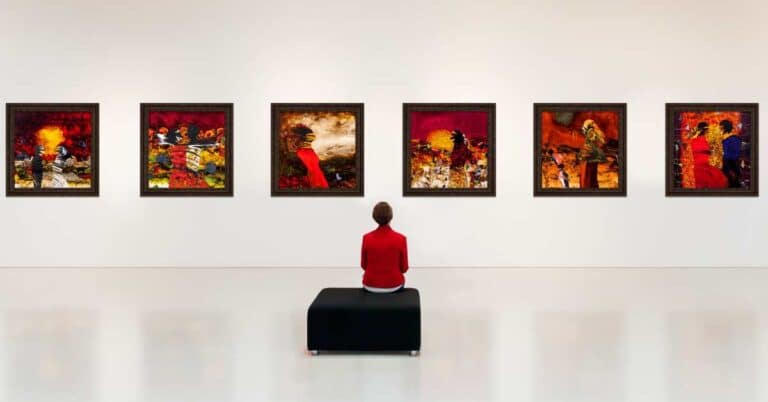Last Updated on May 18, 2023 by Dee
Art has always been a topic that sparks debate among individuals, and one of the most common discussions revolves around whether art is subjective or objective. As I ponder this age-old question, I find myself leaning toward the idea that art is subjective indeed. This viewpoint might not sit well with everyone, but that’s the beauty of art – it encourages diverse perspectives and fosters meaningful conversations.
Throughout history, various forms of art have elicited an array of responses from people based on their personal tastes, opinions, and experiences. A painting that deeply resonates with me might not stir the same emotions in someone else, highlighting the subjectivity that lies at the heart of this creative medium.
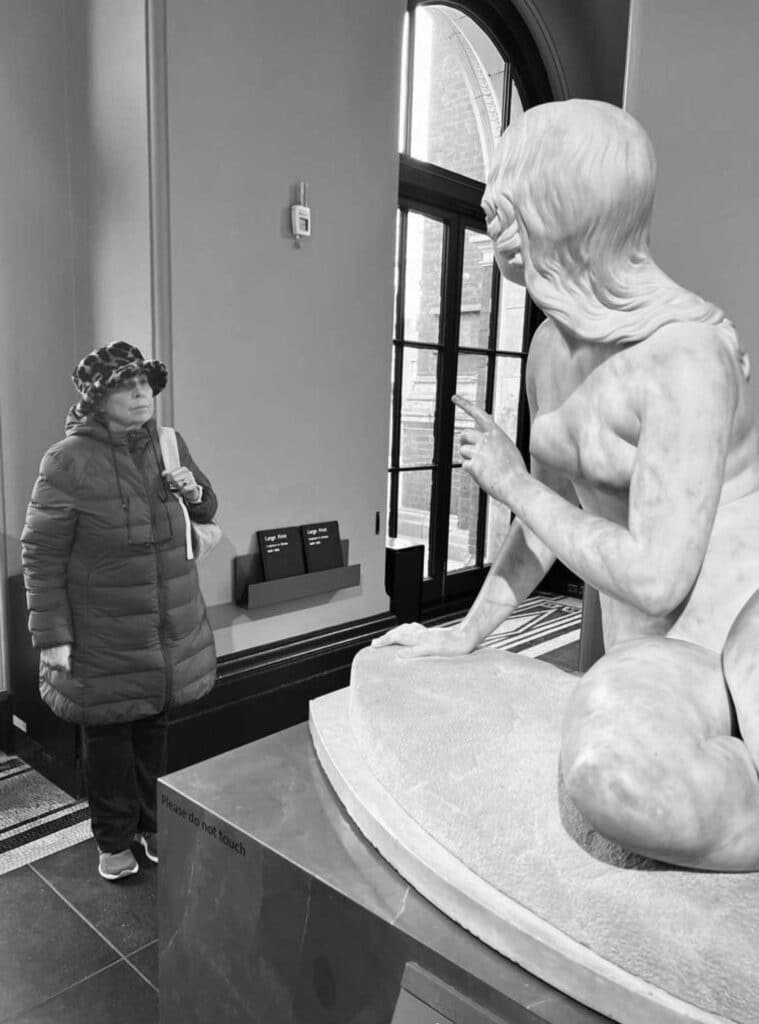
In the following paragraphs, I will delve into the reasons behind this subjectivity in art and how it impacts the way we perceive and appreciate artistic expressions.
Art is Subjective
Personal Experiences and Feelings
As an art enthusiast, I can’t help but notice that my personal experiences and feelings play such a huge role in how I interpret and appreciate art. Subjective art is created by artists based on their own feelings and emotions, making each artwork uniquely flavored by their individual experiences.
When I visit galleries in Rich London or even local exhibitions, I often find that a piece of art evokes different emotional responses in me depending on my current mood or experiences. This subjectivity is what makes art so personal and relatable to each viewer, enabling us to connect with the artist and their creations on an emotional level.
Variations in Perception
Another fascinating aspect of the subjective nature of art is the varying perceptions among individuals. It is not just about how I perceive art, but also about how others interpret it. When discussing a piece of artwork with friends, I often discover that each person has a unique interpretation, and I learn something new about the art and, sometimes, about myself too.
Our personal opinions and interpretations of art are influenced by many factors, including our backgrounds, preferences, and life experiences. No two people have the exact same view, and this diversity of perception contributes to rich and deeper appreciations of art.
Cultural and Contextual Influences
In addition to individual experiences, the subjective nature of art also extends to cultural and contextual influences. Different cultures have their own unique artistic styles and values that shape the way they create and appreciate art.
When I’m exposed to artistic traditions from other cultures, I am always fascinated by how the historical and social contexts influence the subject matter, techniques, and visual language used in their art. This expansive view helps me further appreciate the diversity and richness of subjective art.
The subjective nature of art is what makes it such a powerful and timeless medium for self-expression and communication. Through personal experiences, variations in perception, and cultural and contextual influences, art has the unique ability to deeply connect with a wide range of individuals, transcending boundaries and touching the hearts of people across the globe.

Assessing Art’s Quality and Value
Objective Criteria and Subject Matter
When I try to assess the quality and value of art, I consider objective criteria such as technical skill, composition, and adherence to the principles of design. These factors help me differentiate good art from bad art. This also supports the idea that art is subjective.
For example, a well-executed portrait with balanced colors and proportions demonstrates technical skill and mastery of the medium.
On the other hand, the subject matter of the artwork plays a significant role too. Artworks that address thought-provoking or controversial topics may create a lasting impact on the viewer.
Popularity and Fame
Art’s value can also depend on the popularity and fame of the artist or artwork itself. Vincent Van Gogh’s “Starry Night” became one of the most recognizable paintings due to its unique style and vivid colors, even though the painter himself struggled with recognition during his lifetime.
Popularity and fame can influence our perception of good art through exposure and familiarity.
- Popularity can be based on:
- Media exposure
- Art featuring well-known subjects or characters
- Association with particular movements or historical periods
Expertise and Art Competitions
Next, I consider the expertise of the artist and their recognition in the art world. Artists who have honed their skills and have been acknowledged in prestigious art competitions or held in high regard by art experts often produce good quality artworks.
- Factors that contribute to an artist’s expertise:
- Formal education or training
- Experience and practice
- Accolades and awards
- Presence in reputable galleries or exhibitions
Art competitions are also a useful platform for artists to showcase their work and receive valuable feedback. Winning or placing well in such competitions often reflects good quality and value in the artwork.
Finally, it’s important to remember that our personal preferences and tastes play a big role in how we perceive art’s quality and value.
While it’s helpful to consider objective criteria, popularity, and expertise, our subjective viewpoints will always influence how we experience and appreciate art, whether it’s a timeless masterpiece or a contemporary piece of digital art, like cartoons.
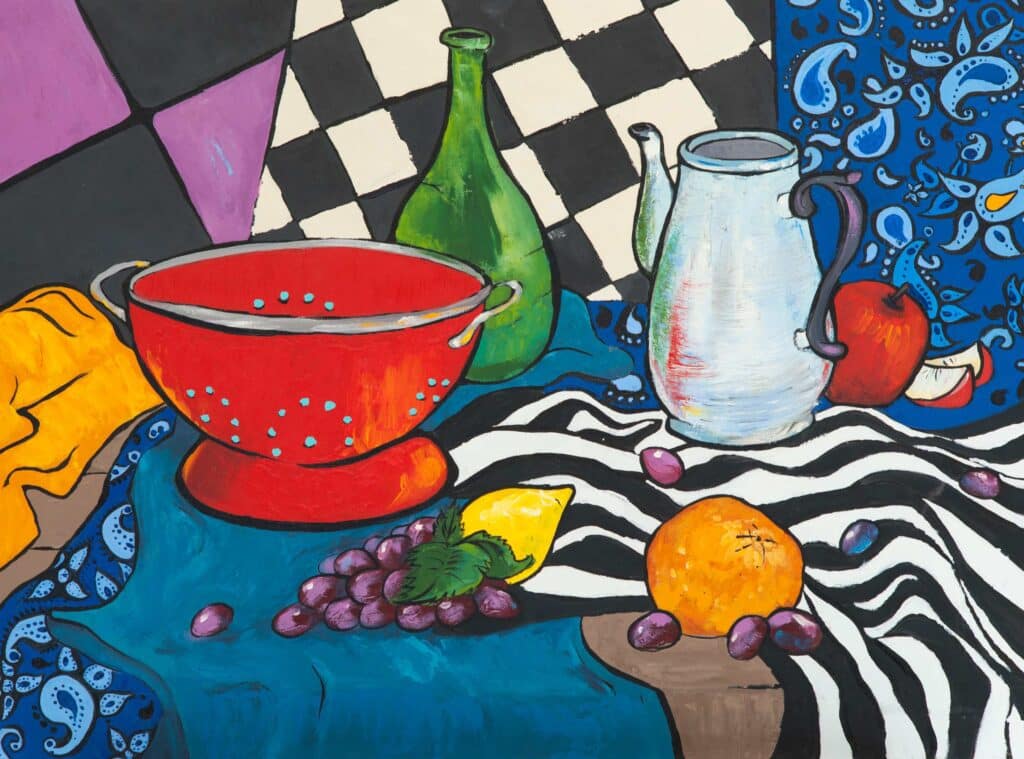
Different Forms, Styles, and Approaches in Art
Contemporary and Traditional Art
In my experience with art, contemporary and traditional art forms differ in many ways. While contemporary art pushes boundaries and explores new media, traditional art adheres to established techniques and practices.
For example, a contemporary art gallery might showcase experimental pieces with unconventional materials, while a traditional gallery may exhibit classic portraits and landscape paintings.
Painting, Drawing, and Sculpture
As an art enthusiast, I’ve always enjoyed observing and learning about various techniques and forms, such as painting, drawing, and sculpture. Painting typically involves the application of color to a surface using tools like brushes or palette knives.
Drawing, on the other hand, focuses on lines and marks made with different media like charcoal or pencils. Sculpture, an entirely different art form, involves carving, modeling, or assembling materials into three-dimensional shapes.
- Painting: Acrylic, oil, watercolor, and more
- Drawing: Pencils, charcoal, pastels, and others
- Sculpture: Stone, metal, wood, clay, etc
Abstract and Representational Art
One aspect of art that’s always fascinated me is the contrast between abstract and representational styles.
Abstract art uses color, form, and line to create compositions that don’t necessarily depict a recognizable subject, allowing viewers to interpret meaning in their own personal way.
Representational art, however, aims to depict subjects accurately and realistically, providing a clear and distinct image for the viewer to interpret.
As an art lover, I appreciate the diversity and creativity that exists in the world of art, and the endless possibilities it offers for self-expression and interpretation.
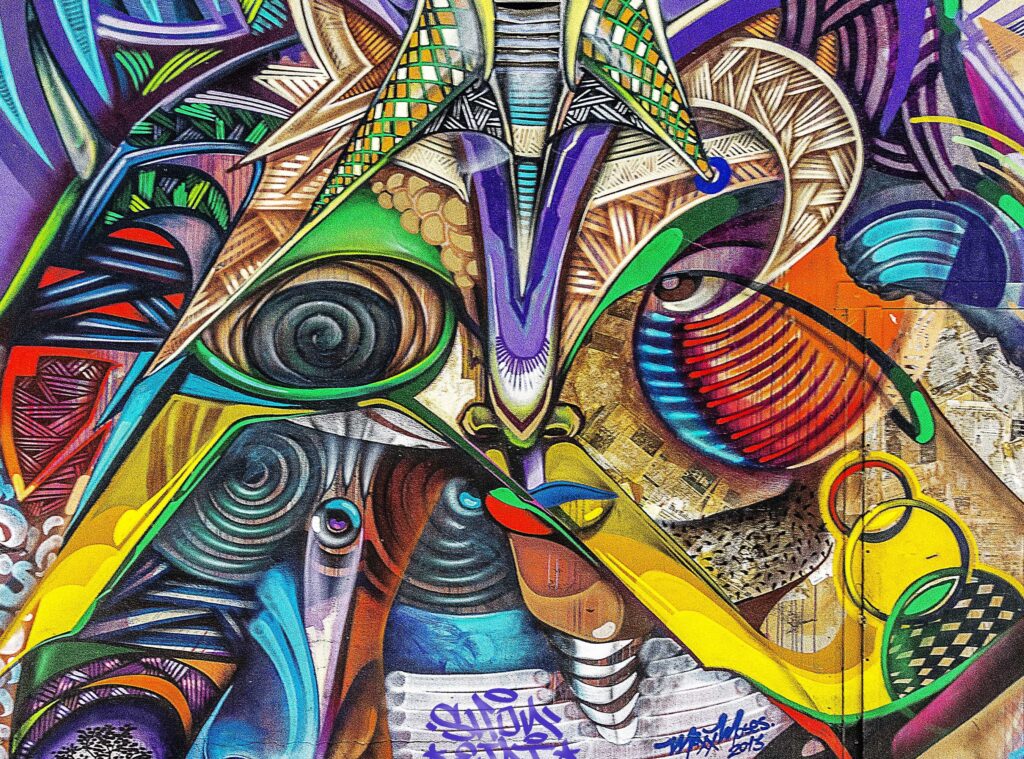
The Impact of Personal Opinions and Critique
The Role of the Viewer and Criticism
As an art lover, I find the way each individual experiences a piece of art to be quite fascinating. Our personal opinions, perspectives, and emotions all contribute to how we view and interpret art.
I believe the role of the viewer is incredibly important, as it allows the artist’s work to come alive and evoke different feelings in each person.
Criticism, too, plays a significant part in shaping the way we experience art. A well-thought-out critique can help me broaden my understanding of a piece or even change my initial thoughts on it.
However, it’s important not to let reviews and critiques overshadow my own judgment.
Beliefs and Interests Impacting Art Reception
When interacting with art, my beliefs, interests, and background play a huge role in shaping my experience. For instance, a painting of a serene forest might resonate with me if I have a connection to nature or if it reminds me of a happy time in my life.
I’ve noticed that my personal interests can help me gravitate towards certain types of art or styles, sometimes even influencing my aesthetic preferences.
On the flip side, these factors can sometimes create a strong bias, either positive or negative, when evaluating a piece. For example, if I have a strong dislike for the subject of an artwork, my initial reaction may be overly critical.
Controversial Art and Debate
As I’ve delved deeper into the world of art, I’ve encountered pieces that spark debate and controversy. These works often challenge societal norms, push boundaries or touch upon sensitive topics.
In my opinion, controversy in art can fuel important conversations and encourage viewers to examine their own beliefs and the cultural context in which the work is created.
When I encounter a controversial piece, I try to maintain an open mind and learn from the discussions it generates. It reminds me that art is more than just a visual experience; it’s also an opportunity for reflection and personal growth.
Personal opinions and critiques play a huge part in making art a uniquely subjective experience. As a viewer, I acknowledge that my own beliefs, interests, and the context in which I view the art all contribute to my interpretation.
Controversial art has its place in fostering thought-provoking debates, pushing me to grow and develop my own philosophy on the matter. Overall, the subjectivity of art is key to its power and beauty.
The Unquantifiable Nature of Art
The Emotional and Aesthetic Realm of Art
As I explore the world of art, I always find myself immersed in the unquantifiable nature of it. This realm of emotions and aesthetics is truly fascinating.
In my experience, each masterpiece evokes different feelings and emotions in the people who view them. An artist’s passion may be prominently displayed on the canvas, and a single color, like blue, can represent a myriad of emotions.
Understanding the subject matter of a piece is often only the beginning of the journey. The story told by the artist, along with the individual interpretation of the viewer, adds layers to the experience of each artwork. In this way, art allows for a deeply personal connection.
Music and Other Non-Visual Art Forms
Music and other non-visual art forms, such as plays or poetry, also carry the unquantifiable essence of art. A musician may express emotions through the notes played or the rhythm of a piece, creating effects that resonate deeply within the listener.
- The same song may sound like a triumphant anthem to one person or a somber ballad to another.
- A play may inspire laughter, love or introspection in its audience, depending on each person’s individual experience.
In these art forms, emotions and passion are transmitted through sound and performance rather than visual means, allowing the artist to connect with people on an unparalleled level.
Art as an Individual Experience
As a lover of art, I firmly believe that the subjective nature of art is what makes it so special. As people, we each have our own unique experiences and backgrounds, which shape the way we view and interact with art in all its forms.
- A painting may evoke fond memories for one person but feel irrelevant to another.
- A song may remind someone of a specific experience, while other listeners might simply enjoy the melody.
Our reactions and feelings toward art reinforce the idea that it cannot be quantified or confined to a singular definition. The unquantifiable nature of art is a testament to its power as a conduit for emotion, passion, and understanding between the artist and the viewer, transcending boundaries while keeping its unique essence intact.
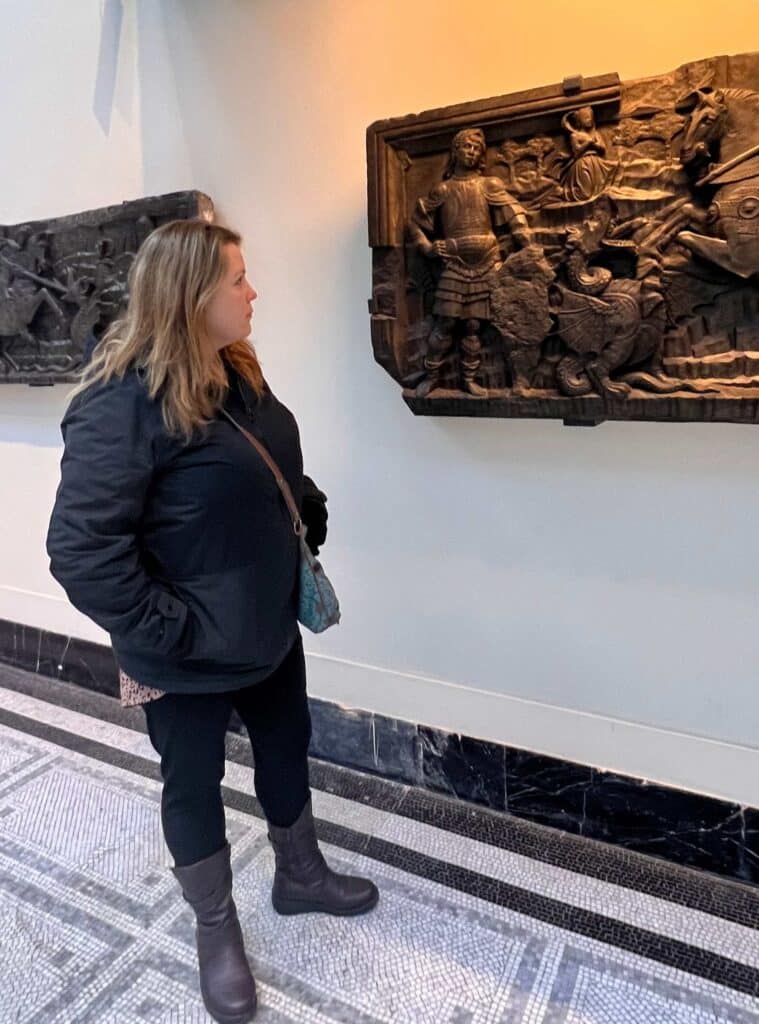
Art is Subjective
In conclusion, “Art is Subjective: Embracing Individual Perspectives and Creativity (2023)” deeply underscores the fact that the essence of art is subjective, rooted in the individual perspectives and creative expressions of each artist.
The beauty and power of art do not reside in objective standards or universal absolutes but in its ability to transcend these boundaries, presenting myriad interpretations to the viewer. Through this subjectivity, art promotes diversity, fosters empathy, and encourages us to embrace the distinct lenses through which we perceive the world.
As we move forward into an increasingly globalized and diverse society, this understanding of art becomes more critical than ever.
By celebrating individual perspectives and creativity, we not only enrich the artistic landscape but also deepen our collective human experience, making our world a more connected, empathetic, and innovative place.
Other articles you may enjoy…
Get Back to Your Artistic Roots: How to Start Drawing Again
Drawing Tools Unleashed: Top Picks for Every Artist in 2023
The Ultimate Beginners Guide for Drawing on Black Paper with Colored Pencils
